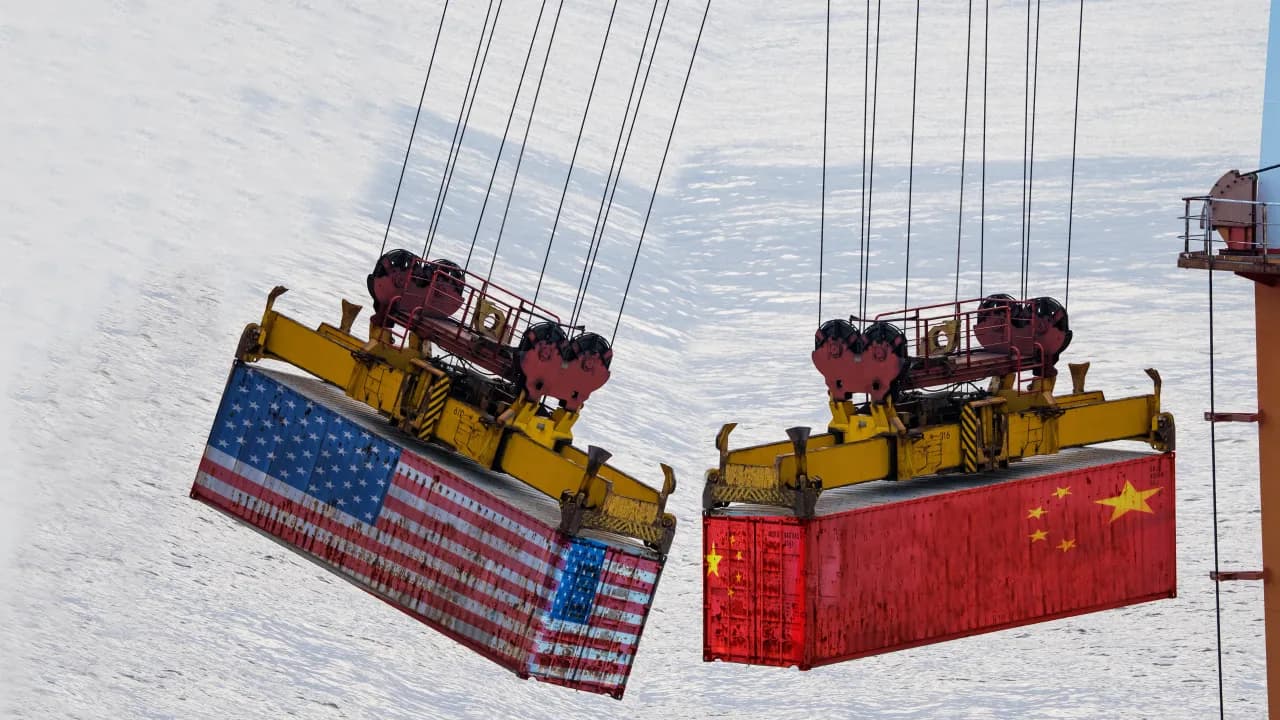Retailers are working through early inventory stockpiles, while fading consumer demand and rising uncertainty over trade policy weigh on new orders and logistics activity.
Shipping between China and the U.S. is losing steam heading into the typically busy third quarter, as front-loaded orders earlier this year taper off and retail demand softens.
Spot rates on transpacific routes have dropped nearly 60% since peaking on June 5, with rates from Asia to the U.S. West Coast nearing $2,000 per forty-foot container, down from over $5,500 two months ago, Nikkei reported.
The earlier surge followed a temporary tariff truce between Washington and Beijing, prompting retailers to stockpile goods in advance of back-to-school and holiday seasons.
However, with large inventories already in place and retail sales slipping in June, carriers are facing a muted outlook. Shipping lines have begun reducing Asia-U.S. services and increasing blank sailings, while some vessels are being redeployed for intra-Asia trade.
The earlier tariff truce, which ends Aug. 12, helped avert steeper hikes after U.S. duties had spiked to 145% before settling at 30% in the current agreement.
The final call on any extension rests with U.S. President Donald Trump, whose trade actions earlier triggered waves of front-loading and supply chain shifts.
Learning Resources CEO Rick Woldenberg said orders for the third quarter were smaller this year, given the 90-day tariff reprieve in May.
He noted fewer product types were shipped amid consumer uncertainty, and said his firm has moved some production to Vietnam and India. However, new tariffs on those countries could slow efforts to shift capacity outside of China.
Retailers, already deep into seasonal preparations, now have limited room to boost shipments before Black Friday. “There’s not enough time left… to increase orders,” said Robert Khachatryan, CEO of Freight Right.
Gene Seroka of the Port of Los Angeles said cargo volumes likely peaked in July.
Analysts at Xeneta and Fitch echoed that sentiment, citing weak demand and worsening global shipping conditions, including renewed Red Sea disruptions.
Exports from China and across Asia are expected to face continued pressure through late 2025 and early 2026, according to the Economist Intelligence Unit.
On Stocktwits, retail sentiment was ‘neutral’ for the SPDR S&P 500 ETF Trust (SPY) and the iShares MSCI China ETF (MCHI), and ‘bearish’ for the Invesco QQQ Trust (QQQ), with message volume ranging from ‘high’ to ‘extremely high’.
MCHI has climbed 25.7% so far this year, outperforming QQQ, which has advanced 9.8%, and SPY, which has gained 7.4%.
For updates and corrections, email newsroom[at]stocktwits[dot]com.<
